Many people stick with what they know and buy the same brand and model of car more than once. When buying an electric car (EV), you may need a different mindset. Here is why you might buy an EV in 2024 and why you may prefer to wait. Read More
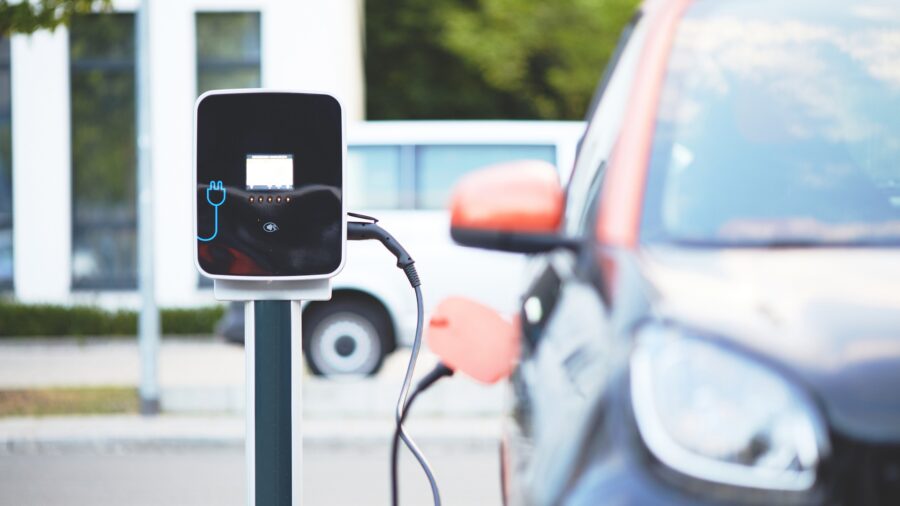

Many people stick with what they know and buy the same brand and model of car more than once. When buying an electric car (EV), you may need a different mindset. Here is why you might buy an EV in 2024 and why you may prefer to wait. Read More
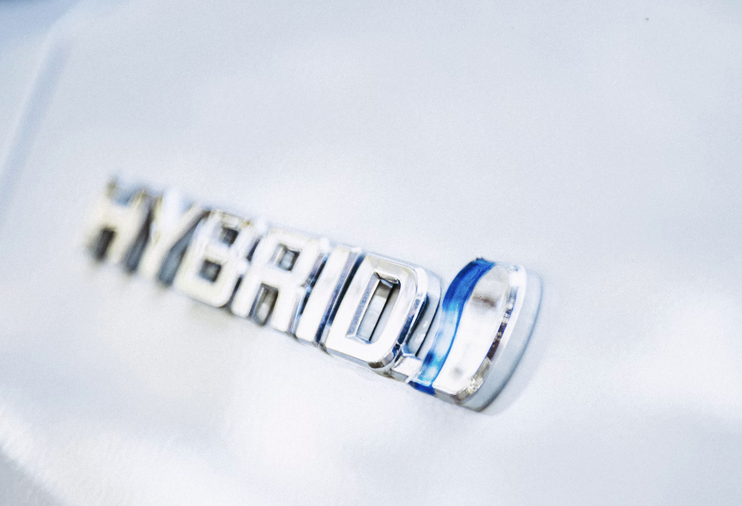
While the big story is electric vehicles, Australians are quietly buying hybrids. Hybrid vehicles combine electricity and petrol and are cheaper to buy than EVs. They provide a kind of halfway house between petrol vehicles and EVs. Should you buy a hybrid in 2024?
Read More
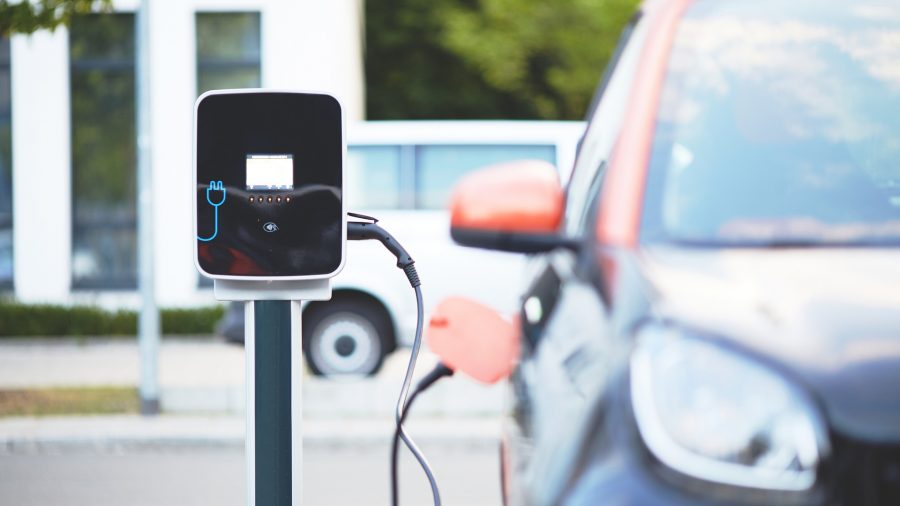
There’s a big worldwide push today for motorists to switch to driving electric vehicles. In Australia, only 3.4% of new vehicle sales are pure electric and about 83,000 EVs are currently on our roads. It’s early days and there is still a lot to learn. This is Part 2 of our complete 2-Part guide to electric vehicles to help you make your decisions. Read Part 1 here. Read More
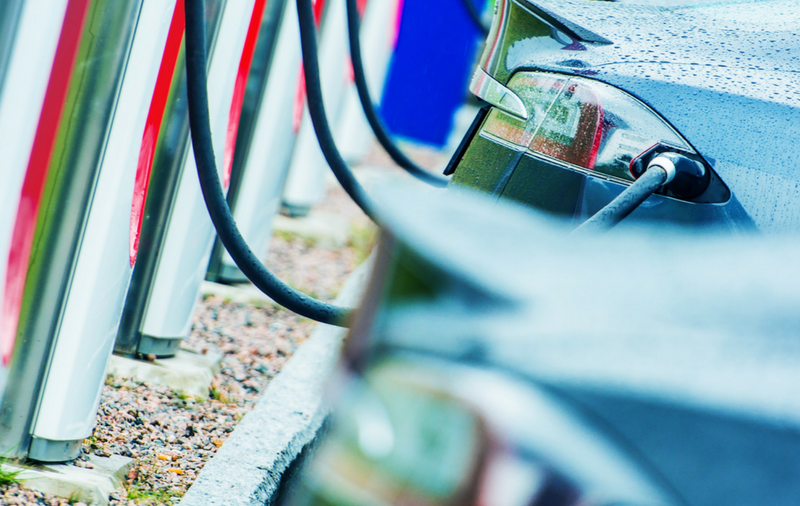
There is a big worldwide push today for motorists to switch to driving electric vehicles. In Australia, only 3.8% of new vehicle sales are pure electric and about 83,000 EVs are currently on our roads. Clearly, it’s early days and there’s a lot to learn. We hope our complete 2-Part complete guide to electric vehicles will help you keep up and make your decisions. Read More

The conventional wisdom today is that electric vehicles with batteries (BEVs) are the future of transport. But this may ignore the potential of fuel-cell electric vehicles (FCEVs), fuelled with hydrogen. One difference is it takes only minutes to fuel an FCEV, compared to hours for a BEV. Find out all you need to know about hydrogen electric vehicles. Read More

Choosing a sustainable car is not as easy as it sounds. It all depends on how you define sustainability. A new European program, Green NCAP, compares common brands of cars for their lifetime environmental impact. It looks at the best and worst cases, with some surprising results. Read More

The Federal Government wants 30% of all new car sales in Australia to be electric by 2030. It may be an ambitious goal. Currently, only 1.6% of new cars sold here are electric, compared to 4.2% in the rest of the world. Now that fuel prices are high, can you save money by buying an EV? Read More
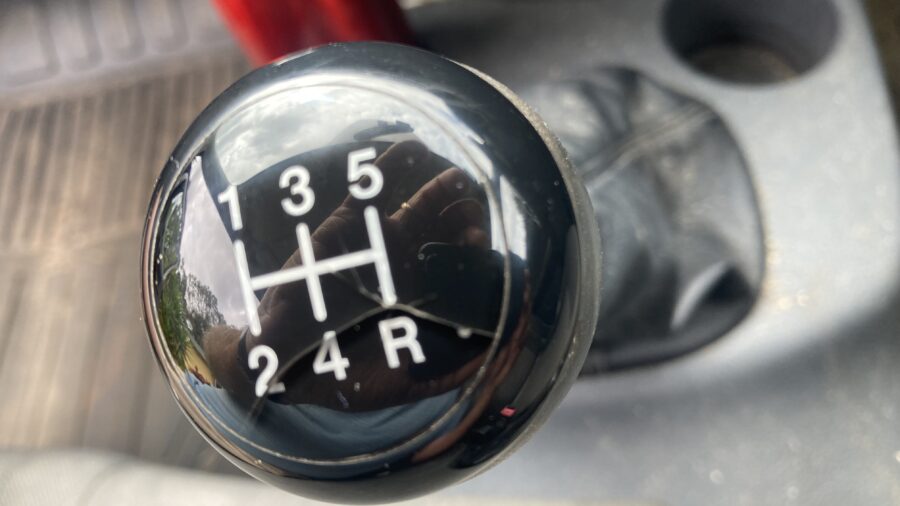
One of our top 20 blogs asked: Is it safer to drive an automatic or a manual car? It was a good question then, but now automatics have become the standard. Is there still a place for the gearstick and clutch or will automatics replace manuals completely? Read More
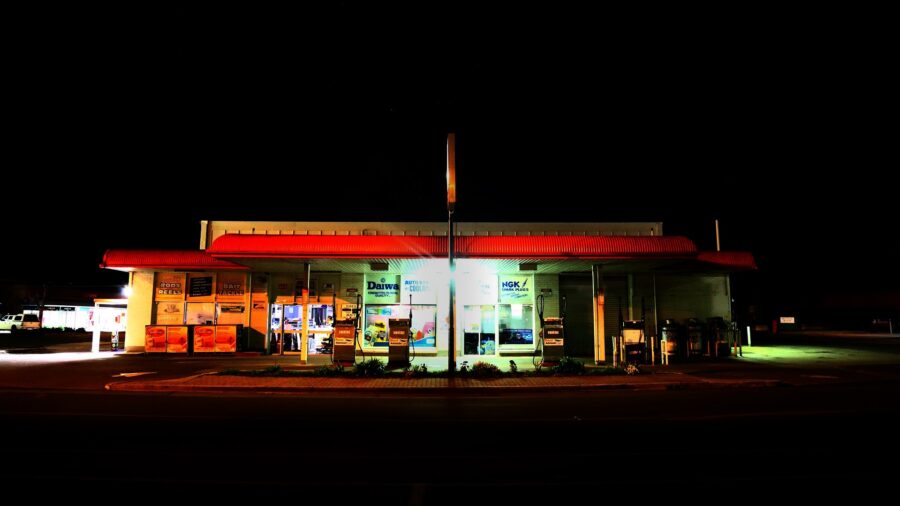
Did you know most people visit their local servo about once a fortnight? What’s going to happen if 30% of new car sales by 2030 are electric vehicles? Some say many service stations will have to close. Others say it’s an opportunity to create new community hubs. It depends how convinced Australians are about driving EVs. Read More
How many Australians bought electric cars last year? In the 12 months to January 2021, sales of electrified vehicles (hybrid, plug-in hybrid and pure electric) increased by half, from 3,681 to 5,701. But an electrified vehicle is not the same as an electric vehicle. Here are some surprising facts about electric cars. Read More
Do you have more questions about CTP green slips, insurers or the greenslips.com.au Calculator? Search our site using our new AI Search.